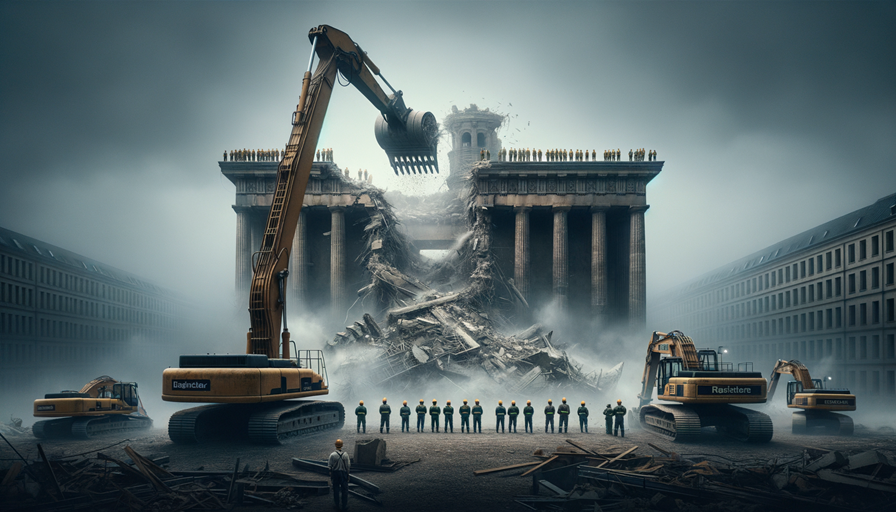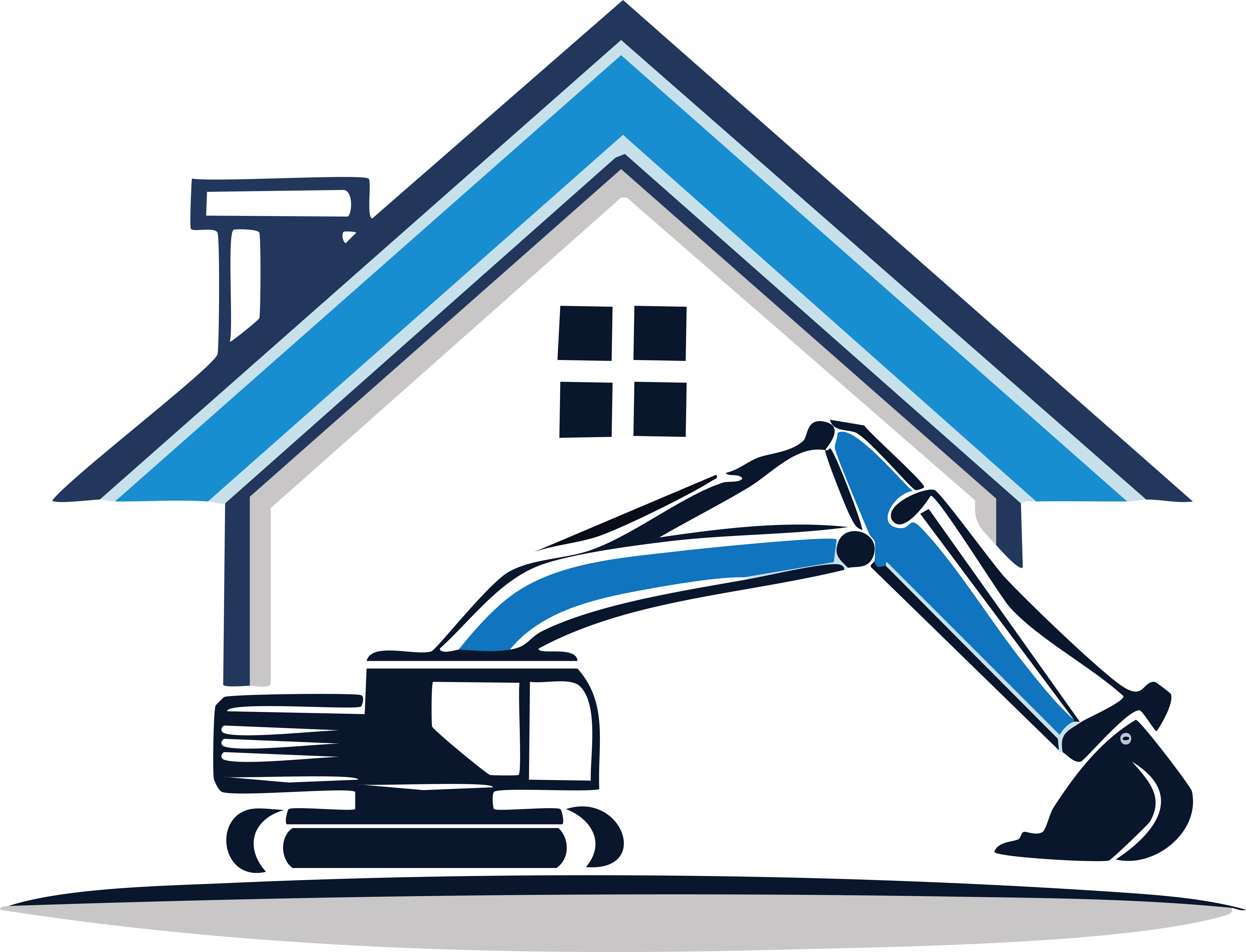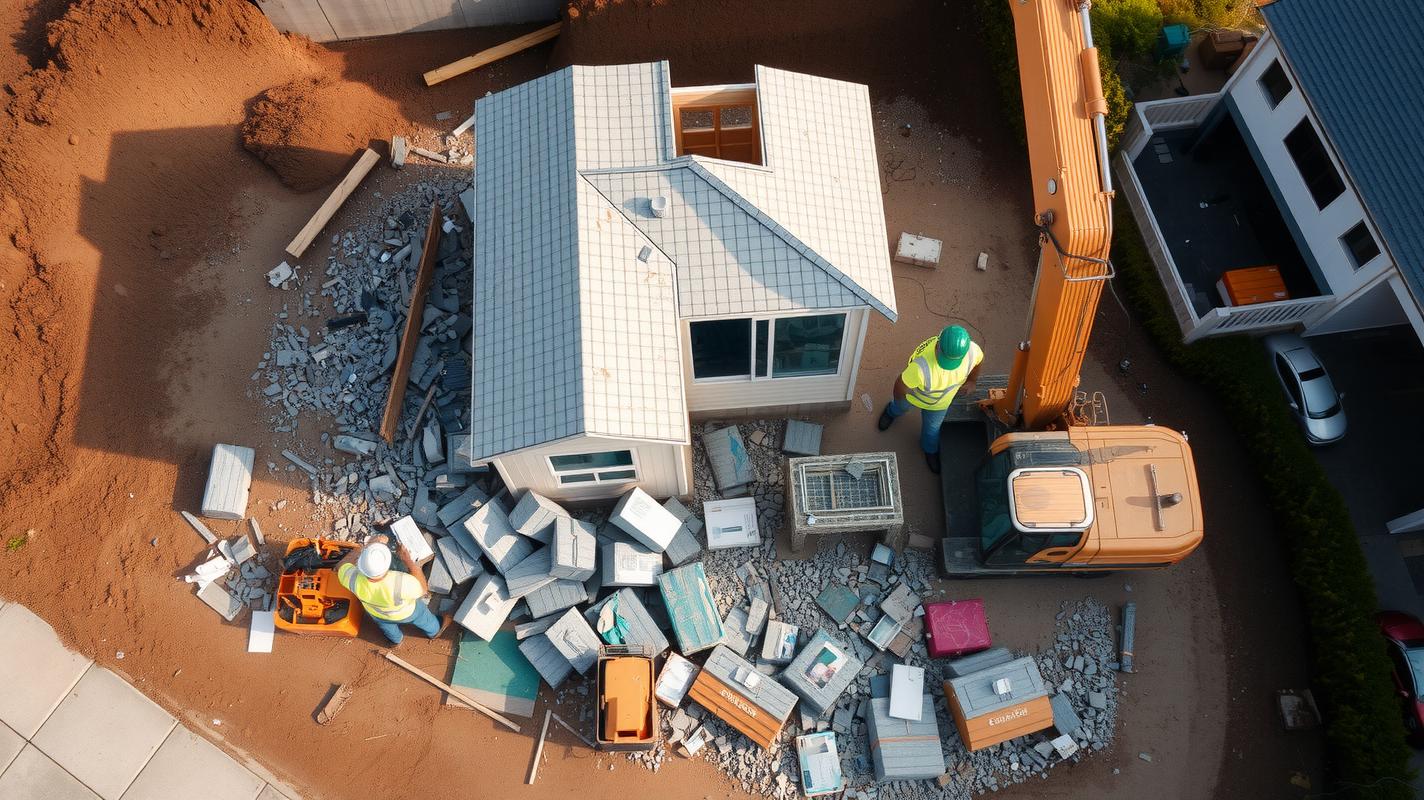In the ever-changing landscape of our cities and towns, the relationship between building creation and destruction stands as a central theme that shapes our environment. This article will delve into the intersection of architecture and demolition, focusing on the lifecycle of structures and how architects and engineers must consider both creation and eventual demolition within their designs.
Architecture and Demolition: An Inseparable Connection
From the planning of monumental skyscrapers to the simpler house demolition, the relationship between building creation and destruction is complex and integral. When one structure comes down, it often makes way for something new, adhering to evolving societal needs and aesthetic tastes.
Residential Demolition: A Case Study
In the case of residential demolition, the process might seem straightforward, but several factors intertwine with architectural considerations. Building design, materials, and construction techniques not only affect the house’s longevity but also influence how the demolition of a house will occur. The planning phase must involve an understanding of how structures age and how they can be taken apart safely and efficiently.

The Lifecycle of Structures: Planning for the Future
The lifecycle of structures involves various stages, including planning, design, construction, usage, and eventually, demolition. Architects and engineers must acknowledge this lifecycle, optimizing for sustainability and minimizing waste. Here’s a closer look:
- Planning and Design: Architecture doesn’t only concern itself with the aesthetic aspect; it also entails a comprehensive understanding of the site’s future requirements. The demolition of house structures, for example, may require certain considerations in planning for waste management or salvaging reusable materials.
- Construction: Building creation takes into account the materials’ lifespan and how they will respond to eventual demolition. By using materials that can be recycled or reused, architects can set the stage for a more responsible destruction phase.
- Usage: The period between construction and demolition involves maintenance, repair, and possibly renovation. All these aspects affect how the structure will eventually be demolished.
- Demolition: Whether it’s a commercial building or a residential demolition, this final stage involves specialized techniques, equipment, and considerations to ensure safety, efficiency, and environmental responsibility.
We are experienced Demolition Company based in Melbourne, Victoria that offer top-tier demolition services all around Melbourne and across Victoria, Australia.
For all your Demolition needs contact us to GET FREE QUOTE NOW!
Sustainable Practices in Demolition
Emphasizing the intersection of architecture and demolition, sustainable practices play an essential role. The selection of materials that can be recycled, using demolition methods that allow for material recovery, and careful planning can transform demolition from mere destruction to a process of rebirth for materials and spaces.
Conclusion
The relationship between building creation and destruction is a multifaceted and essential part of modern architecture. As cities grow and societal needs change, the lifecycle of structures guides the evolution of our built environment. By recognizing the interconnectedness of architecture and demolition, professionals can craft designs that are not only beautiful and functional but also responsible and sustainable.
With every house demolition or large-scale building project, we must understand the connection between creation and destruction, focusing on responsible practices that contribute to a more sustainable future. By embracing this intersection of architecture and demolition, we contribute to a landscape that can continuously evolve and renew itself.

